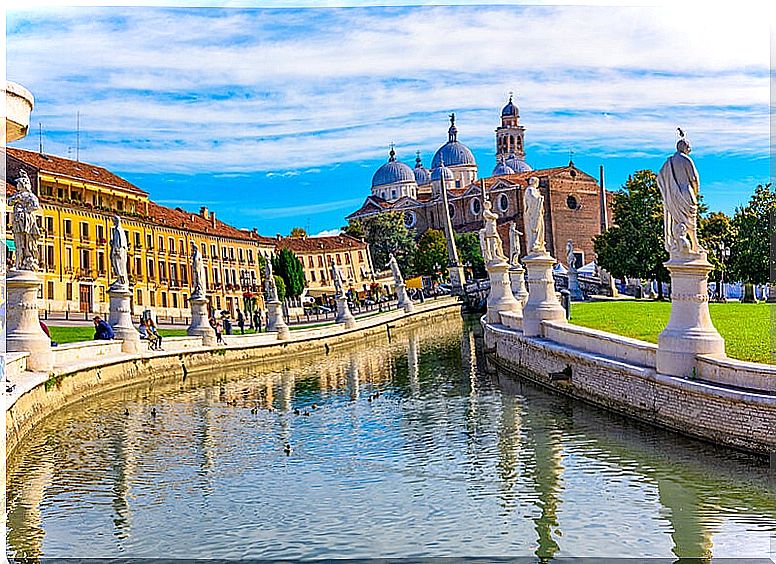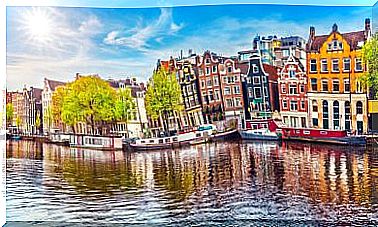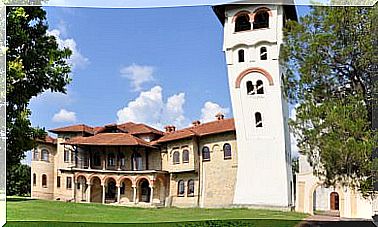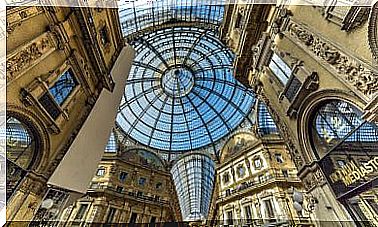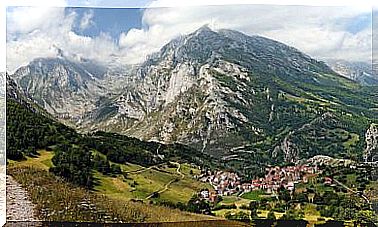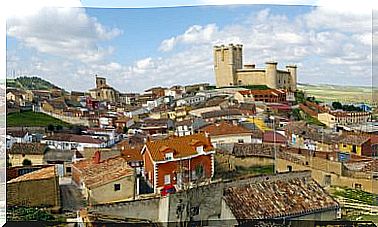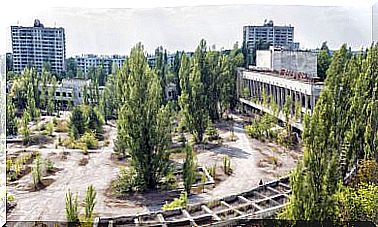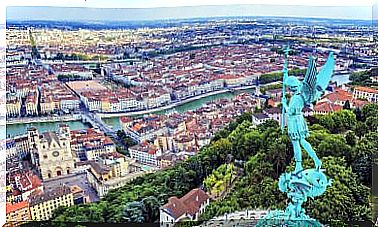The Botanical Garden Of Padua, A Jewel Of Humanity
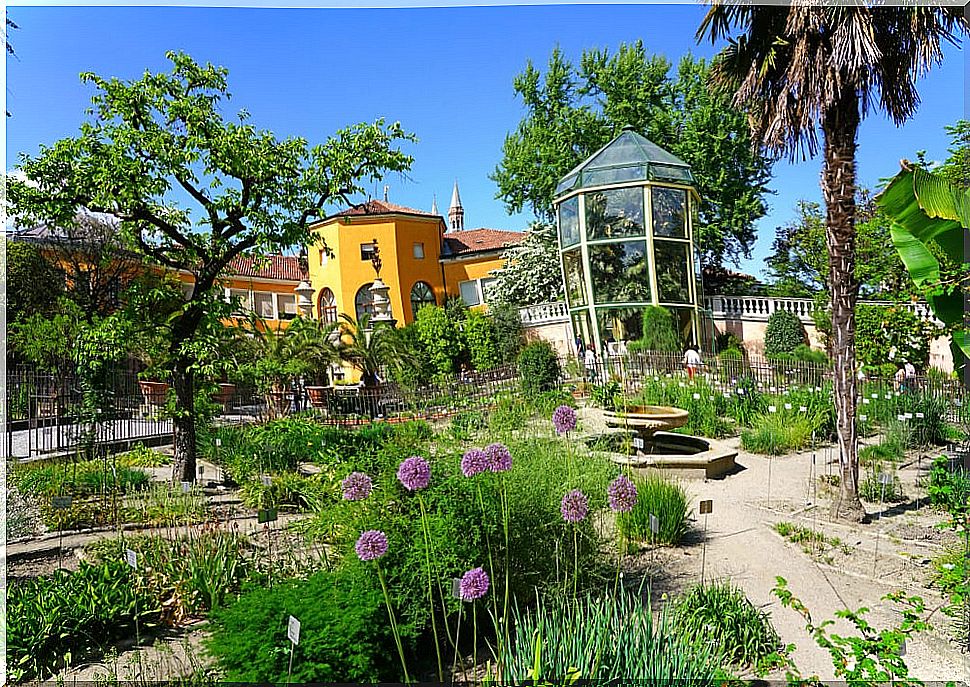
The botanical garden of Padua is another of the wonders that you can visit in this Italian city. It is a garden whose origin lies in the need to show university students the different plants and their peculiarities. In addition, it is the oldest university botanical garden in the world. Will you join us to meet him?
The origin of the Botanical Garden of Padua
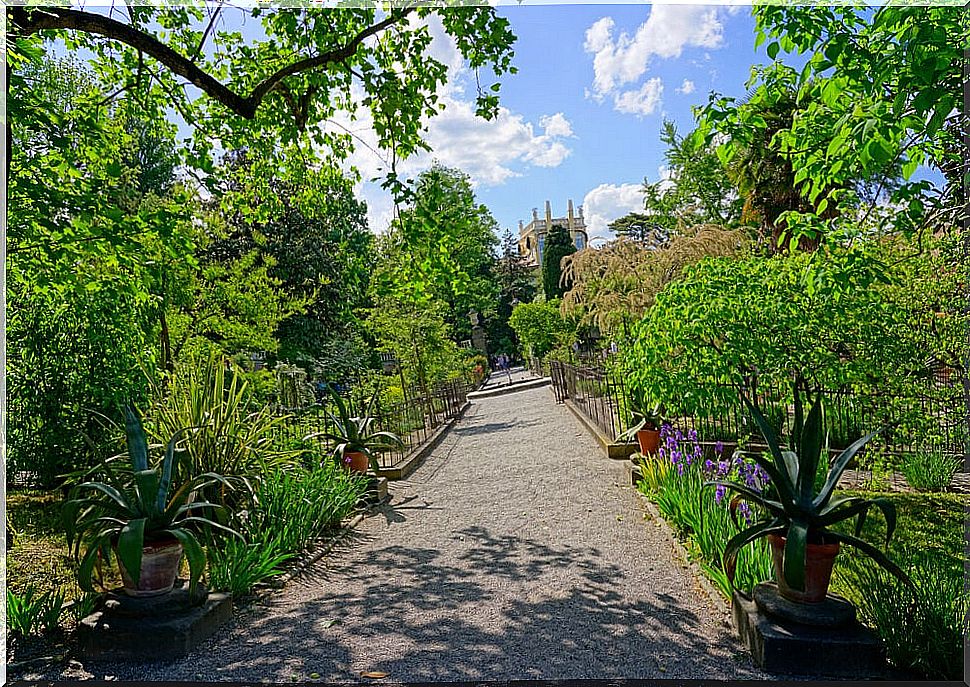
The origin of the Botanical Garden of Padua dates back to 1545, when the Senate of the Republic and the University of Padua created it to facilitate the learning of its students.
The first person in charge of this place was Luigi Squalermo, who was known as Anguillara. Thanks to him, the garden was configured with more than 2000 species of plants, many of them medicinal.
In this way, a kind of garden was created in which the necessary plants were cultivated to be able to carry out medicines and therapies. For this reason, it was known as Giardini dei Semplici or Horti Simplicium . The objective was that the students knew and could perfectly identify the plants, and thus use them correctly.
The project, still of an unknown author, was conditioned because the land on which it was to be carried out belonged to the Santa Giustina monastery. It was divided into four spaces, all of them surrounded by a circular boundary fence built in 1552, which in turn are divided into flowerbeds.
The garden, a wonder of the world
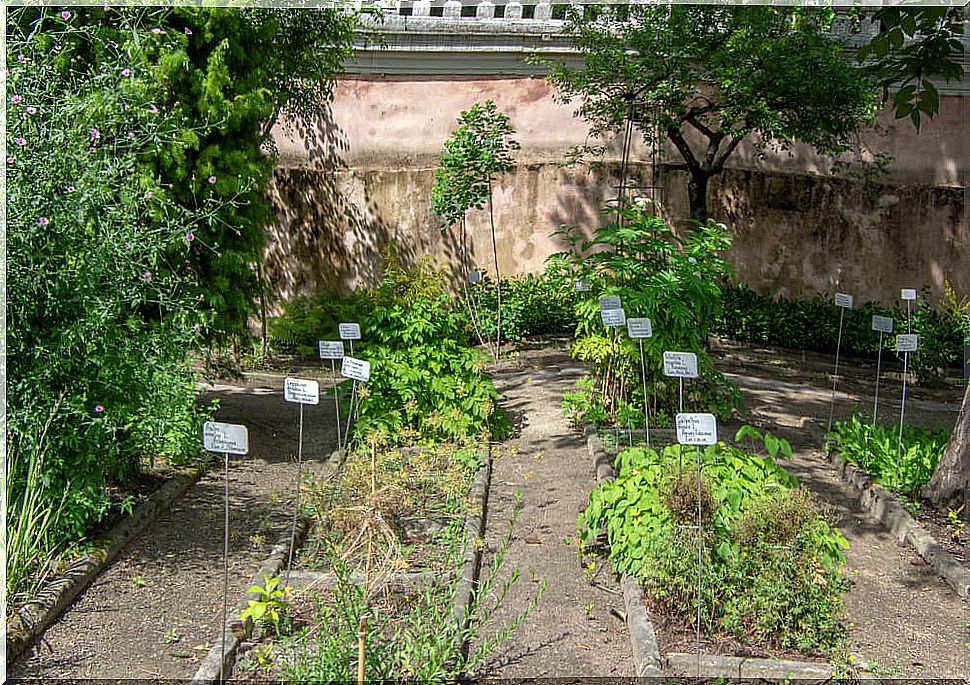
As we mentioned, this is the first university botanical garden to be preserved. This, together with its great beauty and contribution to science, earned it the declaration by UNESCO in 1997 as an integral part of the list of World Heritage Sites.
In the declaration file, it was defended that it was the origin of all the botanical gardens of the world and that it made the relationships between nature and culture understandable. If you visit it, you will be able to see its immense botanical, scientific and cultural values.
With an area of 22,000 square meters, a beautiful pond for aquatic plants stands out in the center, whose warm water emanates from a layer located below the Botanical Garden. In the rest of the beds, we can find the plants arranged by families.
The visit to the Botanical Garden of Padua will allow you to contemplate beautiful orchids, medicinal plants, an alpine garden, plants typical of the desert, insectivorous and others from the Mediterranean area. In short, more than 6000 plants that try to show the infinity and richness of the entire world.
Among all of them, the so-called Palma de Goethe stands out for two aspects. The first is that it is the oldest plant in the Botanical Garden of Padua, dating back to 1585.
The second reason is that it inspired Goethe, a German writer who visited the garden and the city in 1786. Based on this experience, he wrote a theory on the metamorphosis of plants.
The visit to the garden
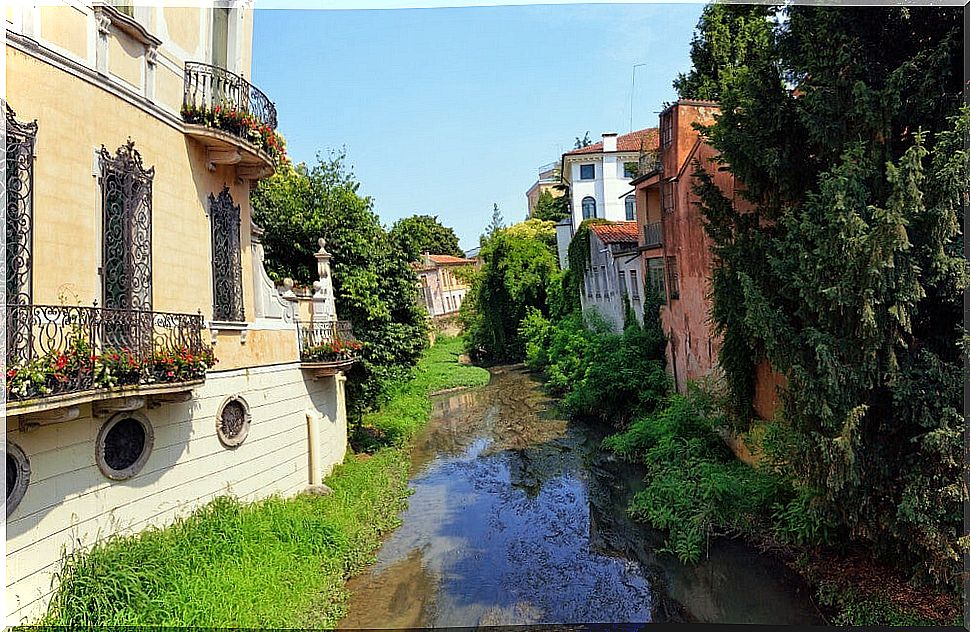
In this emblematic site, you will be able to see some architectural samples of great relevance, such as the covers, which date from the 18th century. There are also other sculptures, such as the Theophrastus fountain, dedicated to this 3rd century BC Greek physician; the statues of the Four Seasons or that of Solomon, signed by the Italian sculptor Antonio Bonazza.
There is also a hemicycle with capacity for one hundred students called the Botanical Theater and three sundials dating from the 19th century. One of them is spherical, another cubic and another cylindrical.
On the other hand, there is the possibility of visiting the prefect building, his former home, which currently serves to host the various exhibitions that the institution holds, and thus complete the visit.
Useful information to visit the Botanical Garden of Padua
To get to know this place, you can opt for various entrance fees. There are family tickets, reduced price, group tickets and for teachers and students. Children up to five years are free.
On the other hand, keep in mind that there is the possibility of taking advantage of some of their guided tours. In these tours, you will be able to get to know the garden and do some activity related to its content.
As you will see, it is a space to visit, enjoy and get to know in the beautiful city of Padua. The Botanical Garden of Padua is a place that will impress you with its cultural, artistic, natural and scientific values, which will make you recognize the great natural diversity with which the planet delights us. Are you going to miss it?
